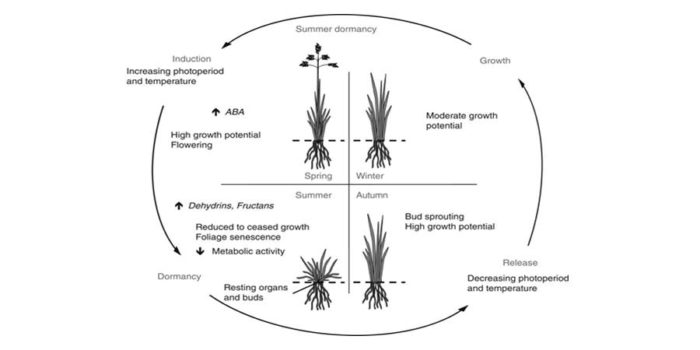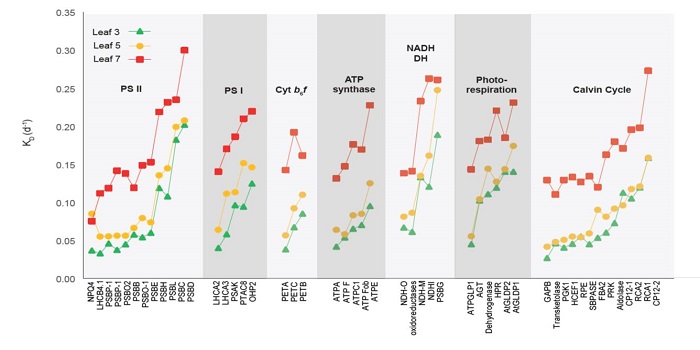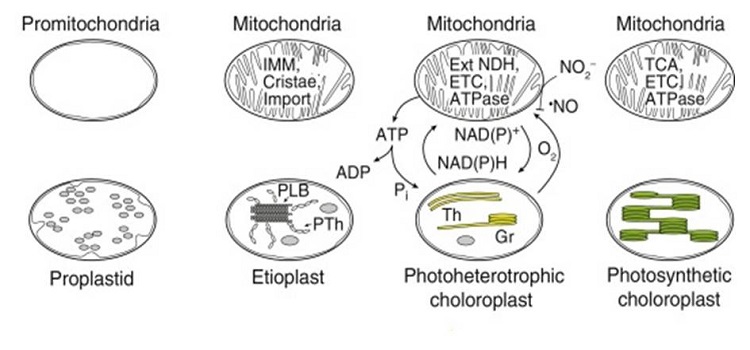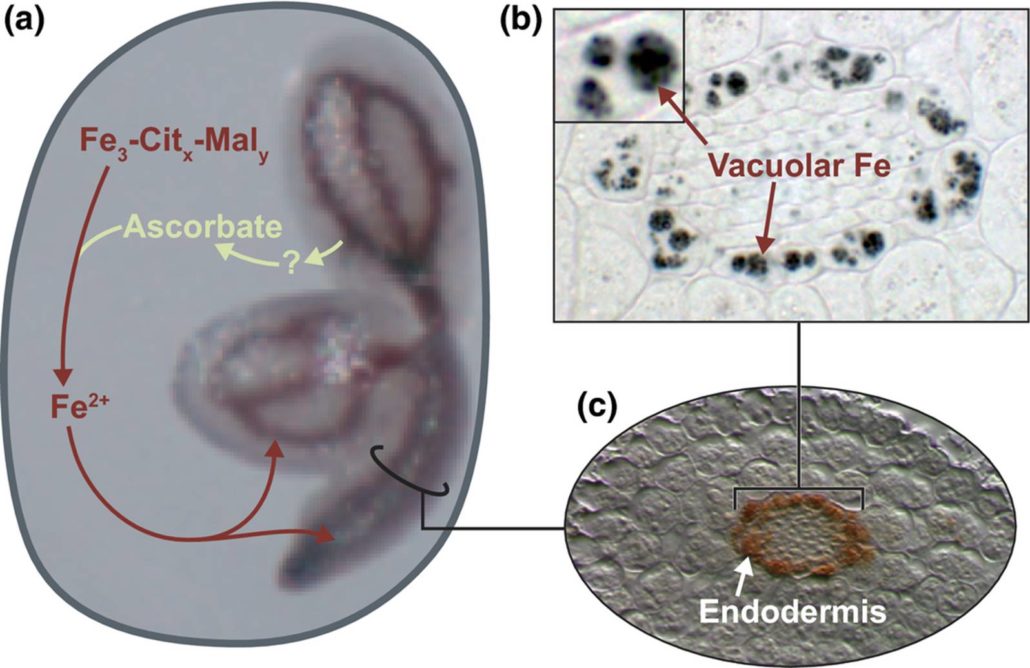
Review: Winter and summer dormancy: similar adaptive strategies?
Plant Science Research Weekly, Research0 Comments
/
Dormancy (growth arrest) is a state by which seeds and plants can survive harsh conditions. Seasonal dormancy is a strategy to survive seasonally unfavorable conditions. Plants can display winter and summer dormancy. Although woody species are the main study systems for winter dormancy, herbaceous species…

Rewiring carotenoid biosynthesis in plants using a viral vector
Plant Science Research Weekly, ResearchA healthy human diet should include phytonutrients such as carotenoids. Several approaches including classical breeding and transgenic plant production have been used to increase carotenoid abundance in plant tissues; challenges to these approaches include feedback controls, cell toxicity due to abnormally…

Protein degradation rate in Arabidopsis thaliana leaf growth and development
Plant Science Research Weekly, ResearchProtein synthesis is an energetically-demanding process, made even more so by the fact that many proteins have a short half-life and must be repeatedly synthesized and degraded. Using a 15N-labeling approach, Li et al. determined the in vivo half-life for more than 1200 Arabidopsis leaf proteins; these…

Review: Developmental phase transitions in oxygen status ($)
Plant Science Research Weekly, ResearchHypoxia is a condition in which oxygen availability is insuffient to support normal cellular functions. Hypoxia is often associated with stress such as flooding, and responses to hypoxia include increased glycolytic activity and fermentation. Considine et al. review the role lf hypoxia and tissue oxygen…

A chemical genetic roadmap to improved tomato flavor ($)
Plant Science Research Weekly, ResearchThey say that “chacun à son gout” (each has his own taste), but when it comes to tomatoes there is near universal agreement that they don’t taste as good as they used to: a fact that is borne out by gas chromatography-mass spectrometry and the panel of taste-testers employed by Tieman et al. in…

Review: Dark signaling in plants ($)
Plant Science Research Weekly, ResearchPlants use light as a source of energy and information; however, they are also sensitive and respond to light/dark diurnal cycling, with many processes happening during the dark phase of the diurnal cycle. In this review, Seluzicki et al. emphasize the importance of studying and understanding what…

Review: The sexual advantage of looking, smelling and tasting good, the metabolic network that produces signals for pollinators ($)
Plant Science Research Weekly, ResearchThe interaction between angiosperms and their pollinators provides an excellent system to study co-evolution, and underpins the evolution of the biosynthesis of numerous interesting and useful specialized metabolites, from pigments to fragrances. Borghi et al. review the metabolic pathways that produce…

Review: New routes for plant iron mining
Plant Science Research Weekly, ResearchIron (Fe) is a frequently limiting nutrient for plant growth. Iron uptake requires that plants manipulate the extracellular environment through secretion of protons, chelators and other molecules. Curie and Mari review new studies on the importance of coumarin (phenolic compound) secretion in iron uptake,…

Low Phytate Rice Grains
Plant Science Research Weekly, ResearchPhosphorus (P) is an important macronutrient for crop productivity. In cereal crops like rice, about 60-85% of total plant P is allocated to grains and therefore removed from fields at harvest. Furthermore, the major form of P in the grains is phytate (C6H18O24P6), which cannot be digested by humans…

